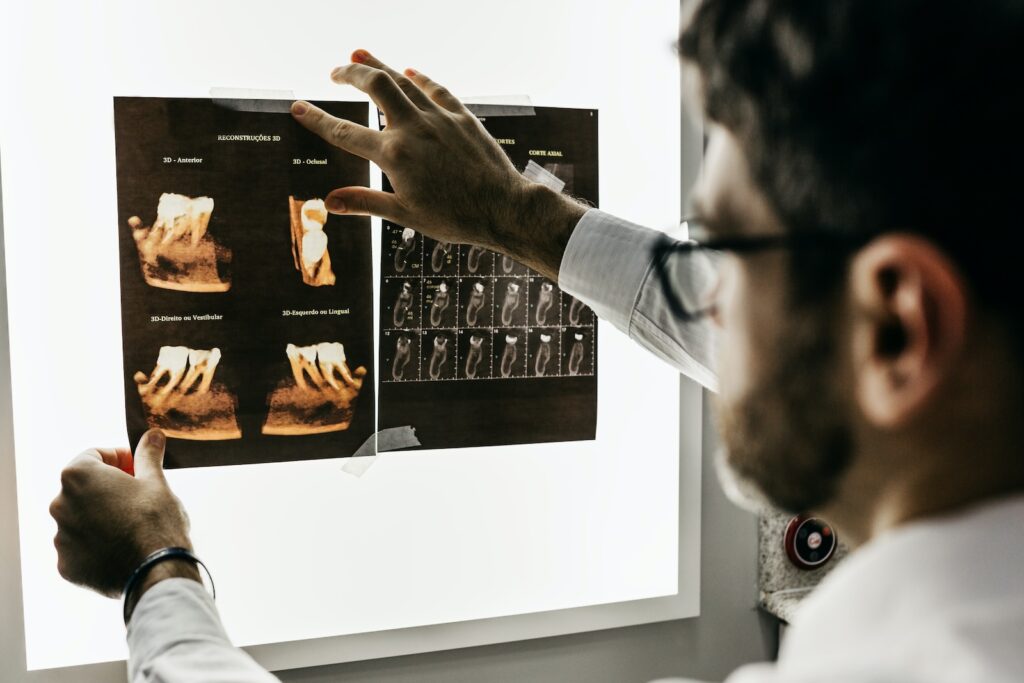Every time you talk, yawn and chew, you’re using your TMJs. The TMJ (Temporomandibular Joint), is the joint on each side of the head at the base of the skull.
It connects your lower jaw to your skull. The TMJ is composed of a rounded protrusion of the mandible that sits against an indentation in the skull, and a disc-like structure made of a soft bone called cartilage found in between the two bones (articular disc).
Pain with your TMJ can hurt your jaw and radiate to your neck, face, and head. Unlike other body joints, like your knees, TMJ pain is hard to treat with anti-inflammatory drugs alone. You may need to alternate ice and heat therapy as well.
Like any other joint in your body, your TMJ can be fractured. Grinding and clenching your teeth can cause TMJ pain. When you have issues and chronic TMJ pain, chances are you may have TMD (Temporomandibular Joint Disorder).

There are many signs and symptoms of TMD. Here are some of the most common ones:
Here are some issues that can cause TMD:
If you think you have TMD, talk to your dental professional. They will do an assessment examining how your jaw joints move, check your teeth and facial muscles for Tenderness as well as signs of teeth grinding and clenching. They may do further tests, including x-rays. Here are some treatment options that your dental professional may consider:

Bradshaw Ford is here to help. Reach out today to inquire about our services or schedule an appointment.